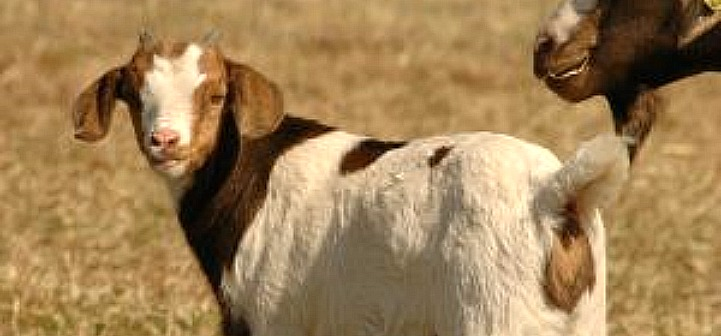Profit-oriented goals should direct the producers towards making profit out of the business. Following are some of the points for achieving such goals:
- Lower the cost of production and marketing
- Increase the quality and quantity of your products
- Sell your products when there is a high market demand
- Become a dependable and regular supplier of your products
- Win the trust of your buyer
- Price your products to cover the cost and get the targeted profit. However, be aware that what
